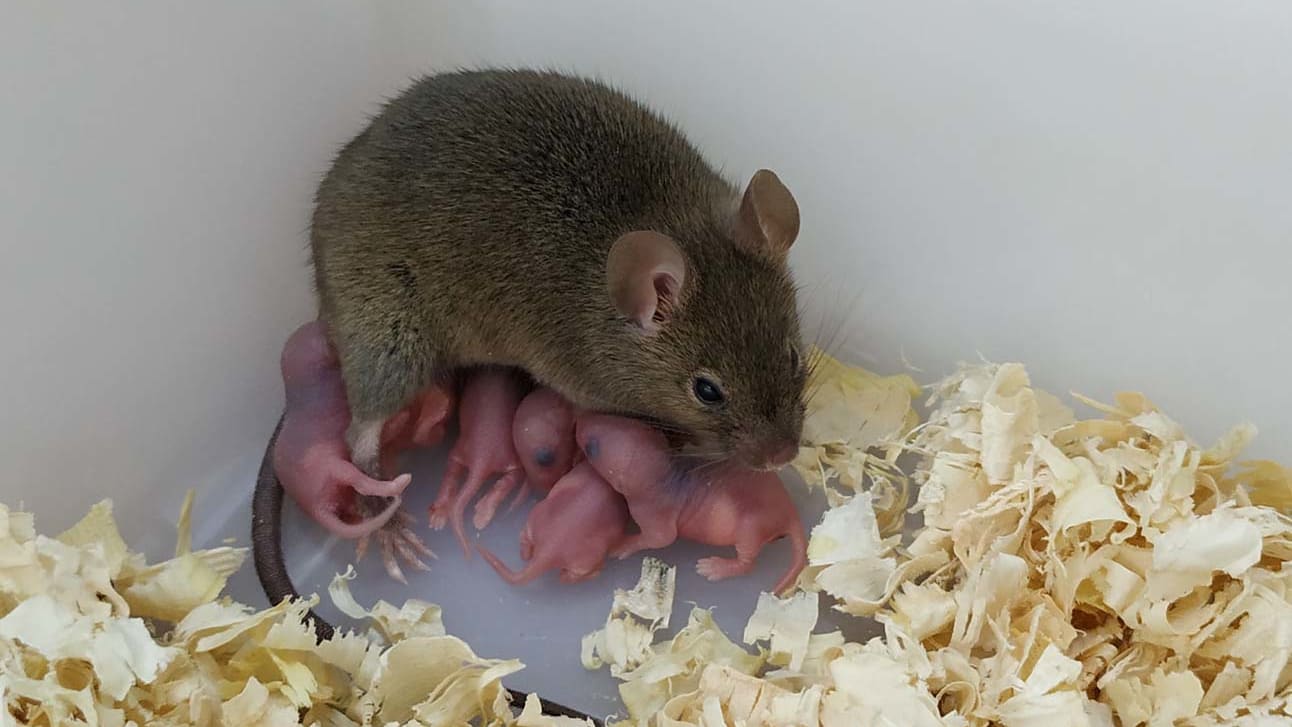
Chinese scientists create parthenogenic mouse
Scientists affiliated with several institutions in China and one in the US have successfully created a fertile mouse derived from a single unfertilized egg. In a paper published in Proceedings of the National Academy of Sciences, they describe how they managed to create a parthenogenic mouse.
Parthenogenesis is the development of embryos from a single unfertilized egg – a “virgin birth”, as some tabloids headlined it. In nature, it occurs in aphids, fish, reptiles, scorpions, mites and some bees—but not in mammals. The offspring are clones which are genetically identical to their mothers.
In mammals, sexual reproduction involves a fusion of male DNA with female DNA, with the resulting offspring having genetic material from both parents. Most of the cells in mammals express copies of genes from both parents—but a few express genes from only the mother or only the father. The researchers took advantage of such exceptions.
Previous attempts at parthenogenesis in mammals have failed, the researchers note, due to genomic imprinting.
They overcame this problem by taking a different approach. Their work involved removing an egg from a mouse and then using CRISPR to edit its genes to mimic the genes a male parent would have contributed during normal fertilization. They then injected an enzyme into the egg to switch on some genes and switch others off to make the genes in the egg resemble those of an egg that has been fertilized by a father.
The researchers implanted several of these modified eggs into a single mouse uterus. All of the pups survived the birth, but only one of them survived to adulthood. And it managed to produce offspring.
The researchers have concluded that parthenogenesis in mammals is achievable, though they acknowledge much more work is required before it can be used in real-world applications. At the moment it is a difficult and inefficient procedure. They began with 220 unfertilized mouse eggs – with only one surviving to adulthood.
However, they further suggest refinement of the process could lead to applications in agriculture or medicine development.
How about human reproduction?
“I think there are people who will look at this and say, ‘Oh, is this going to replace reproduction? Get rid of men?’ No, it’s not,” Marisa Bartolomei, of the University of Pennsylvania, told The Daily Beast.
